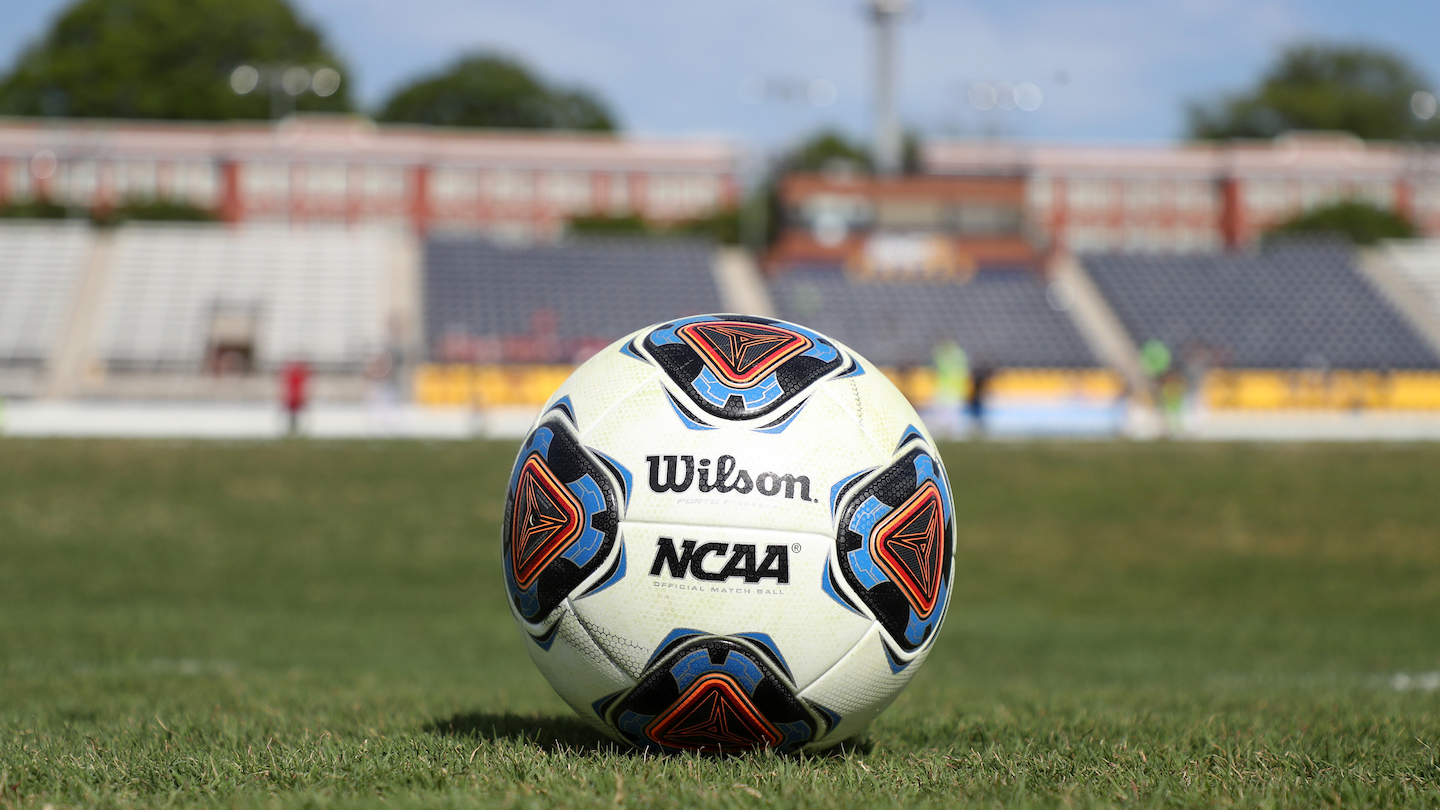The following article is a guest post from Joseph McInnes, who has played in multiple divisions of college soccer (Junior College, NCAA DII and NAIA) as an international student-athlete. McInnes writes about the college soccer experience on his blog, College Soccer Insight.
———
For prospective athletes, it is difficult to truly grasp the differences between the various levels of college soccer before experiencing them first-hand, particularly with the prevalent “D1 or bust” mentality instilled by many in the college soccer recruitment world. Few wonder why many recruits don’t consider anything outside Division 1 or the NCAA. But if they could look beyond those preconceived notions, they could be in for the most rewarding four years of their life.
Exploring Junior College Soccer
I started my college soccer career at the junior college level because, as an international student, it seemed like a safer option to commit to two years, with the option of returning home after my associate’s degree, should I struggle with homesickness. Ignorance was bliss for me, as despite knowing that the NCAA and NAIA existed, I was unaware that JUCO soccer is looked down upon by many.
Benefits of Junior College Soccer
Junior college soccer offers the perfect grounding for those who plan to play four years of college soccer. The facilities (for the most part) aren’t anywhere near as glamorous as they are at four-year schools. Still, there is a real hustle mentality, as you know you need to perform at your best to move on to the next level. I felt a closer connection to my teammates at JUCO than I have playing D2 and in the NAIA, and the main reason for this is everyone buying into this mentality and working towards a collective goal.
Junior college soccer’s standout aspect is that teams are made up solely of freshmen and sophomores because it is a two-year institute. This is perfect for athletes who may struggle to get game time at other levels for numerous reasons initially. In my case, playing two years at JUCO was ideal, as I was pretty underdeveloped physically, a massive issue as a center-forward at the college level, but playing thousands of minutes as a freshman and sophomore helped me to learn how to use my body effectively and spend time in the weight room. Gaining first-hand college game experience was far more worthwhile for me than rotting away on the JV team of a considerable NCAA outfit.
Transitioning to Division 2 Soccer: Expectations vs. Reality
When I arrived on campus at my D2 school, I was blown away by the facilities, from the huge HD scoreboard to the state-of-the-art artificial playing surface; the upgrade from JUCO was stark, to say the least. Naturally, there was an expectation in my mind that everything on the playing and coaching side would meet a similar standard. Unfortunately for me, this is where the upgrades ended with the quality of the team and the level of coaching, particularly a downgrade on that of my junior college.
There was a considerable difference in the attitude towards gym work at my D2, as at JUCO, there had been no mandatory requirements to partake in, so the 6 am gym sessions twice per week (in-season) came as a massive shock to my system. This all felt very professional compared to what I had experienced previously. Yet, it almost seemed the importance of the fitness/conditioning work was on par with the soccer. A particular incident that stands out was when we returned home from an away game at around midnight yet still had a morning workout at 6 am and then practice at 8 am. Having played around 80 minutes the night prior, I felt burnt out and on the verge of an injury, showing that sometimes, less is more.
My Experience in the NAIA: Debunking Common Misconceptions
The NAIA gets a lot of bad press simply because it isn’t the NCAA. Common misconceptions about the NAIA are that it’s full of small schools with poor facilities and low-level soccer. Yet, my experiences could not have been further from the case. The natural grass surface at my current school is the best of which I have graced in the entirety of my career, and the level of soccer is exceptionally high, with numerous players on our team boasting youth national team caps for their respective countries. My NAIA Soccer team would comfortably beat my former D2 side.
Perhaps the only issue with NAIA soccer is the significant skill gap that can occur. Of course, this can happen at any level of soccer, but it seems to be far more prevalent here than at the junior college or various NCAA levels. It is also challenging to address, as reducing the number of scholarships a school could give out wouldn’t seem right.
Exploring Options Beyond NCAA Schools
The NCAA will always be considered top dog due to the prestige attached to its name, but do not be afraid to break the norm and explore options at JUCO or NAIA. If a college soccer career is your dream, don’t sacrifice it because you are waiting for an offer at an NCAA school that never comes. Your college soccer recruitment journey is uniquely yours, so make the most of it.








